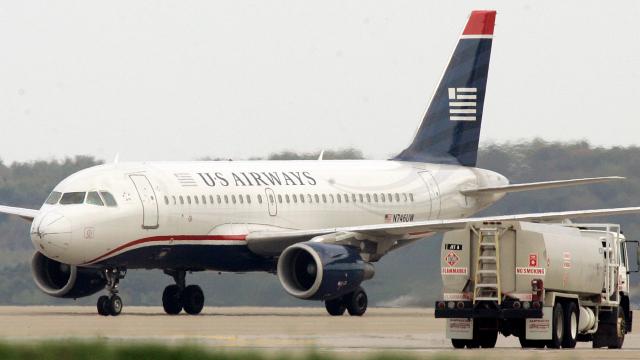Pittsburgh International Airport has seen better days. Saddled with debt from building now unused gates, the troubled airport is expanding into a completely different business: fracking. The airport will stay open as drillers tap the gas reserves underneath, thanks to a technique called horizontal drilling.
Horizontal drilling was first developed decades ago, but it’s come to the forefront as part of hydraulic fracturing — better known as “fracking” — which exploded in recent years. Fracking is especially well-suited for natural gas deposits like the Marcellus Shale that runs under Pittsburgh’s airport and broad swathes of Pennsylvania. In fact, frackers are already all over the Marcellus Shale, and in Pittsburgh International Airport, they have found a large lander owner desperate for money. The deal is suppose to net nearly a billion dollars over the next 20 years for the airport.
As gas is extracted from deposits underneath the terminals and runways, the airport above ground will remain completely operational. The wells open outside of the airport, but their horizontal tentacles will extend 3km underground under the airport itself.
From a pure engineering standpoint, horizontal drilling is a technological marvel. Engineers use sensors to thread the drill through a relatively thin layer of rock thousands of feet below ground, guiding it up, down, right and left to reach especially promising deposits. One oilfield operations manager compared it to “dropping a plumb-line from the top of the Empire State Building and then guiding it through the rear and front windscreens of every car parked in the nearby streets.” Water along with sand and chemicals is then injected into the well, causing the rock to fracture (“fracking”) and release gas. (In case you’re still curious, here is an excellent technical but readable primer on the entire process of fracking.)
Fracturing the rocks beneath an airport does not seem, at first blush, to be a good idea. But fracking as actually been going on for years at Dallas Fort-Worth, and oil and gas wells under Denver International predate the airport, according to the New York Times. So far, it doesn’t seem to have caused major problems. Fracking’s link to earthquakes is related to injection wells used to dispose of fracking fluid, not the production wells themselves. Local residents, however, are not surprisingly upset about wells and toxic fracking chemicals near their homes.
What is especially unusual is the degree to which Pittsburgh International will rely on gas revenues to keep the airport running. The airport will get $US20 million a year — compare that to an operating budget of $US91 million — that it hopes to invest in attracting more passengers. The drilling rigs are already at work, so hopefully it will prove to be a worthwhile investment and everything will go according to plan. [New York Times]
Picture: US Airways flight at Pittsburgh International Airport. When US Airways pulled its hub from Pittsburgh a decades ago, the number of flights at the airport sharply declined.
